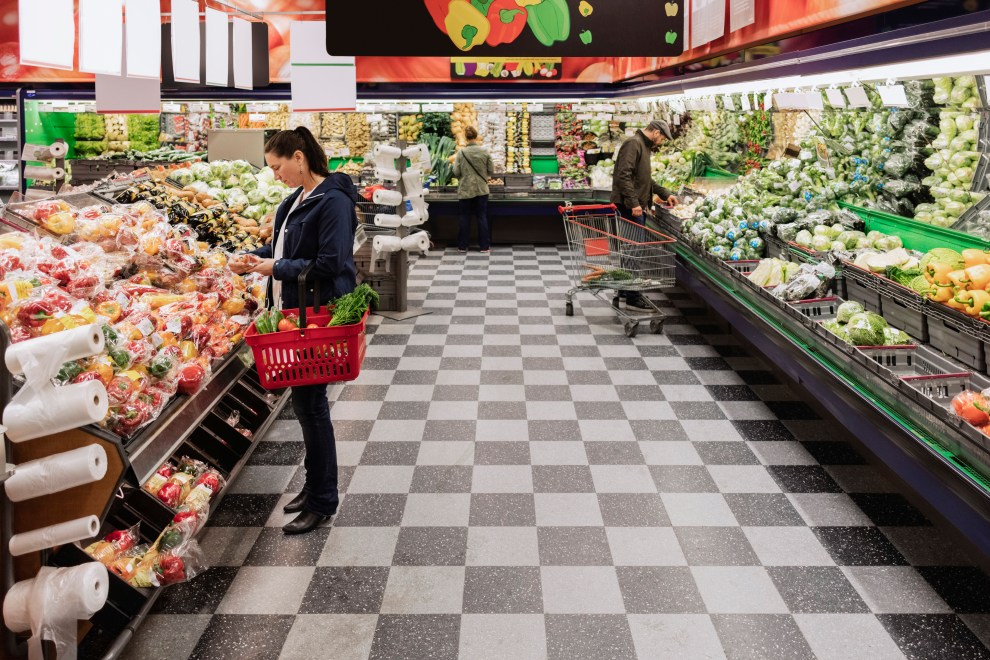Ida is a relatively young French business interested in collaborating with supermarkets and grocery shops to improve the efficiency of new orders of fresh items such as fruits, vegetables, meat, poultry, and fish. Recent investors in the company’s seed round included Frst, Daphni, Motier Ventures, and Kima Ventures. They contributed a total of $2.9 million (€2.7 million).
Currently, most grocery businesses rely on order sheets, which typically contain a significant number of columns that describe the reordering schedule. These tables are prone to inaccuracy, resulting in wasted food or a lack thereof. Either supermarkets are incurring losses or passing up opportunities to increase their earnings.
These pieces of paper and this pen will be handed over to the individual in charge of the veggies. After that, they will review the stock one line at a time, looking at each reference. Next, people will speculate and say, “Ok, at the moment, I have a favorable impression of eggplants.” Mateo Beacco, who helped start the company and is its CEO, told me, “The weather is pretty nice today, so let’s go for four crates of two kilograms of eggplants.”
It is not entirely a matter of guessing, as knowledgeable individuals will examine data from previous years to identify specific patterns that can help them determine whether or not it is the right time to place an order for additional strawberries. In contrast, there has been a higher rate of employee turnover in these positions in recent years. Even for workers who have worked at the same grocery store for a year, maintaining accuracy daily can be challenging.
Ida aims to revolutionize this process by providing grocers with the appropriate tools to serve their customers better. Ida is tablet software connected to a sales forecasting algorithm that helps humans determine when it is the right moment to replenish some fresh items.
Ida is beginning with produce like vegetables and fruits, but it is possible that it could soon spread into other categories like meat and fish. Ida is attacking an underserved section of the supermarket inventory by concentrating on perishable commodities. This is possible since bar codes and related points of sale make it reasonably straightforward to estimate the number of cereal boxes currently in stock in a particular establishment. Beacco put it another way when he said, “SAP gives you a rolling average.”
Ida does not focus on what occurs at the retail points of sale since such an approach is ineffective when dealing with food items like vegetables and fruits. Instead, the business creates a probabilistic inventory that considers the circumstances that may arise in the actual world.
When you buy organic cucumbers, the cashier will count them as non-organic cucumbers. “With a probabilistic inventory, my cucumber sales are mixed with my organic cucumber sales because when you buy organic cucumbers, the cashier will count them as non-organic cucumbers,” Beacco stated. As a further illustration, potatoes may likely be stored for a considerable amount of time, but cherries soon become spoiled.
Ida will be able to provide you with a rough estimate of the amount of cucumbers you have in stock in this manner, which eliminates the need for you to count the quantity of cucumbers you now own. Staff workers can adjust such inventory statistics if something seems significantly wrong.
Second, to provide an accurate demand prediction, Ida considers well over a hundred distinct criteria in addition to at least three years of sales data. Ida considers several factors before making her decision, including the temperature, the season, the cost, the availability of comparable goods at other grocery stores in the region, and more.
Third, Ida will utilize this forecasting data to create your subsequent orders. Retailers may set up a safety stock to ensure that they won’t run out of a particular item (without overstocking) by providing that they won’t run out of it in the first place.
“As I said before, you place your orders for eggplant in crates of two kilograms each. Now, we are confronted with a mathematical challenge that involves optimization while being constrained. Beacco stated, “I order in increments of 2 kg, and my shelf has a capacity of 5 kg; however, we are going to try to take into account all of the data to determine that we need four crates and not 3 nor 5.”
Ida does not independently process customer orders. Instead, team members may review everything and personally make adjustments as necessary. At this point, the company estimates that between 70 and 75 percent of Ida’s recommendations are accurate and are not subject to manual adjustment by grocers. Ida will generate purchase forms once this process has been completed. These order forms will be sent to the central buying office. Still, they may also be sent to local manufacturers because Ida’s tablet software allows users to mix and match different providers.
Ida is only scratching the surface in many respects at this point. Other emerging firms, such as Guac, in the United States are also targeting this industry. Observing whether supermarkets start using these software solutions to handle fresh items on a larger scale will be fascinating. However, it would appear to be common sense for supermarkets to enhance their bottom lines and lessen their total impact on the environment.

